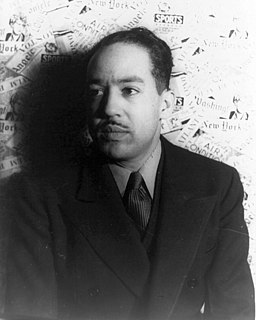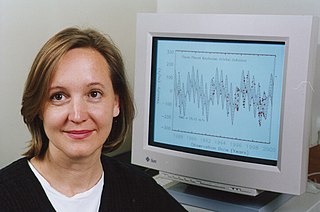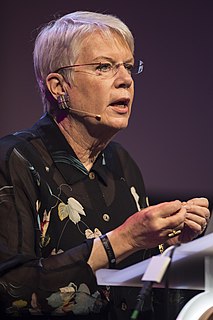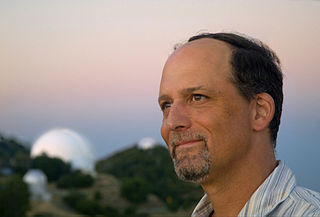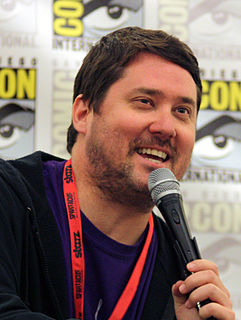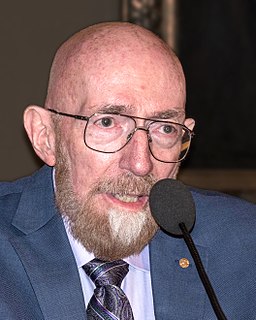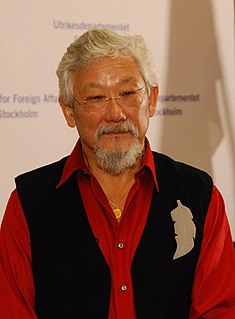A Quote by Neil deGrasse Tyson
Once you've got the makings of a star, gravity draws leftover gas and dust into a giant swirling disk. The dust continues to stick together, clumping into rocky asteroids, which eventually become orbiting rocky planets. And voila: a solar system!
Related Quotes
A major puzzle for which nobody has an answer is this: is there some size at which the planets change their nature from water-rich planets like Neptune, to rocky planets like the Earth? We have found two planets that are the size of the Earth in radius, but they are very close to their host star, so water on the surface would evaporate away.
The stars associated with the solar system, such as the planets and asteroids (and it should be remembered that the term star in Biblical usage applies to any heavenly body other than the sun and moon) would be particularly likely to be involved, in the view of the heavy concentration of angels, both bad and evil, around the planet Earth.
Discovering that our solar system has many more planets than we ever expected, and that most of them are ice dwarfs rather than like Earth and the other rocky terrestrials, is just another step in the revolution in viewpoint that removed the Earth from the center of the physical universe and makes Earth all the more special.
In 1999, my team discovered that the star Upsilon Andromedae was circled by three gas-giant planets - the first distant multiplanet system ever found. That same year, other researchers observed the first 'transit' of an exoplanet - a planet blocking out a small fraction of the starlight as it passes in front of the star.

